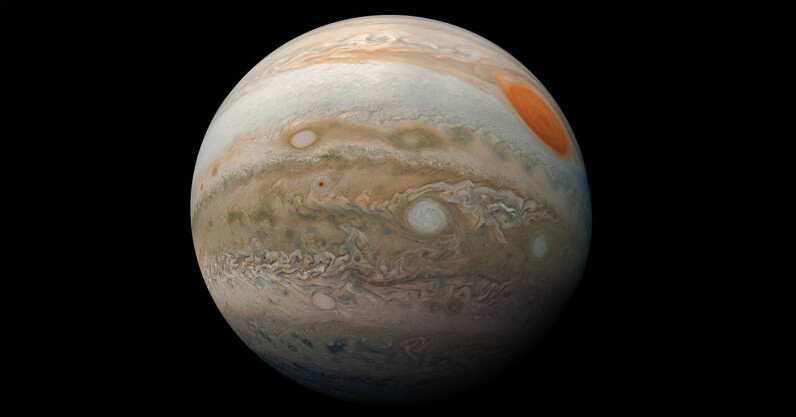
NASA’s Juno mission, the solar-powered robotic explorer of Jupiter, has completed its five-year prime mission to reveal the inner workings of the solar system’s biggest planet. Since 2016, the spacecraft has flown within a few thousand kilometers of Jupiter’s colorful cloud tops every 53 days, using a carefully selected array of instruments to peer deeper into the planet than ever before. The most recent findings from these measurements have now been published in a series of papers, revealing the three-dimensional structure of Jupiter’s weather systems – including its famous Great Red Spot, a centuries-old storm big enough to swallow the…
This story continues at The Next Web
Or just read more coverage about: NASA

No comments:
Post a Comment